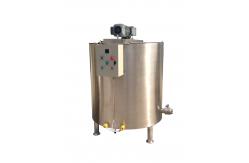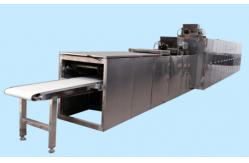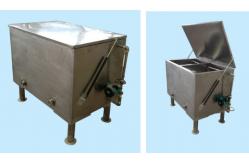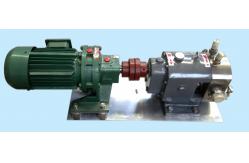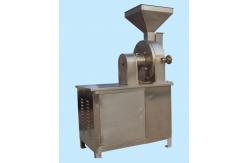High Capacity Chocolate Production Line With Tunnel Length 10-14 Meters
|
|
A chocolate production line is an integrated system that transforms raw cocoa ingredients into finished chocolate products (bars, pralines, truffles, etc.). The process involves several stages, from cocoa bean roasting to molding and packaging. Below is a detailed breakdown of a typical chocolate production line: 1. Cocoa Bean Processinga) Cleaning & Sorting
b) Roasting
c) Winnowing
2. Chocolate Mass Preparationa) Grinding & Refining
b) Conching
c) Tempering
3. Chocolate Molding & Forminga) Depositing
b) Cooling Tunnel
c) Demolding
4. Enrobing (For Filled Chocolates & Bars)
5. Packaging
Types of Chocolate Production Lines
Machine working video PAPA chocolate chip belt dripper/dropper maker machinehttps://youtu.be/qOHMPe2dpKY?si=n6-zmw8YSZfITSQa
China papa brand chocolate morsels belt dripping/dropping machinehttps://youtu.be/4YmEbaVoHec?si=F72mw0nL6Lwvz5hH
chocolate morsels/chips making machinehttps://youtu.be/34W5nO7DUFI?si=KjQPCV3z67XST1RA
600/900/1200 China PAPA brand chocolate chips/chocolate morsels production lineProduction Capacity
Would you like details on a specific stage (e.g., tempering mechanics) or a customized line setup? |
|||||||||||||||||||||||||||||||||||||||
| Product Tags: Chocolate Production Line High Capacity Chocolate Production Line 14 Meters Tunnel Chocolate Production Line |

|
60kg Chocolate Tempering & Depositor Machine For Moulding Chocolate Production |

|
Automated Chocolate Chip Production Line High Efficiency Industrial Solution |
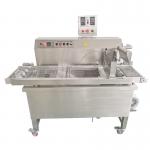
|
30kg Chocolate Enrober Machine with Cooling Tunnel Professional Confectionery Equipment |
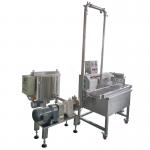
|
Chocolate Enrober Machine With Chocolate Holding Tank Premium Quality & Efficiency |
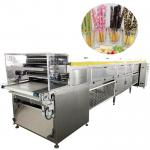
|
1300kg/h Chocolate Enrober Machine Air Cooling Pocky Sticks Double Coating Production Line |

|
0-6m/Min Donut Chocolate Enrober Machine 400mm Width For Chocolate Bars |

